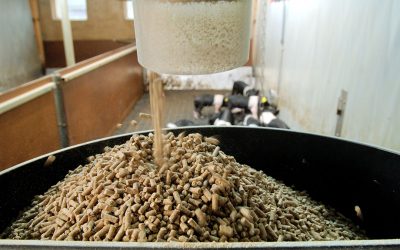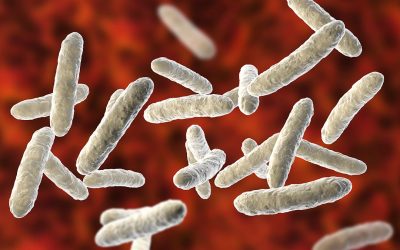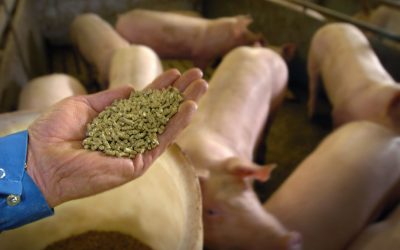The future of aquaculture
What sort of future does aquaculture have in these ever changing climatic and environmental conditions? For that matter, whether we’re feeding animals to feed humans, or producing food for human consumption, what sort of future does the food producing industry have?
The recent E-coli outbreak in Europe must be scaring food producers witless worldwide. But there are other issues. Agricultural chemicals are also impacting on seafood production, particularly at a hatchery level.
Fish and seafood are grown in water: the repository and incubator of so many diseases. And as sure as water runs downhill, any terrestrial based contaminants are going to finish up in a river system somewhere. A good deal of the finfish production, probably around half, is in freshwater. Think trout, tilapia and carp and you can get an idea of the scale of freshwater production.
Flow-through systems are vulnerable to outside contamination and static systems are vulnerable to introduced manure used to trigger plankton blooms. In some countries livestock pens are built over fish farms so their droppings can trigger plankton blooms.
Now consider the increasingly urgent race to manufacture digestible aquaculture feed ingredients from phyto and zooplankton. The most likely and by far the most cost effective is animal manure. And the most cost effective animal manures will come from the intensive animal protein production sectors.
Agrochemical threat
But it’s not only bacterial and viral pathogens that threaten feed output. The overuse of agricultural chemicals is also insidiously compromising the environment.
But it’s not only bacterial and viral pathogens that threaten feed output. The overuse of agricultural chemicals is also insidiously compromising the environment.
To ignore the saltwater-based systems in any overview of this threat would be the heart of folly. Water flows downhill until it reaches the ultimate sump – the lakes, seas and oceans that make up 7/10ths of our planet’s surface where it plays a fundamental role in our climate – as a thermostat, a carbon sink and as an oxygen producer.
The bottom line as I see it is that the real threat to feeding the world’s population is not so much from global warming – turning that back is going to be a long term project, and a very slow one at that – as it is from how we interpret the science and develop those interpretations into a holistic plan. Preferably endorsed by a world government. (But that would be too much to ask wouldn’t it?)
A plan taking into consideration the total environmental web upon which we depend. Certainly not one driven by the market.
Market and politics
And seeing this is a blog, if anyone can tell me the difference between the market and the political industry, I’d only be too happy to have them explain it to me.
And seeing this is a blog, if anyone can tell me the difference between the market and the political industry, I’d only be too happy to have them explain it to me.
Make no mistake, if the market – and the politicians that depend on the short term prosperity it can provide when all the ducks are lined up – is driving our response to the changing conditions on our planet, it will be to its advantage first and foremost. And you can bet your bottom drachma that it will be a short-term advantage.
The market sees population growth as a bigger market to feed off. We in the food producing industry, struggling with so many variables and unknowns, see it as another billion mouths to feed.
Join 26,000+ subscribers
Subscribe to our newsletter to stay updated about all the need-to-know content in the feed sector, three times a week. Beheer
Beheer









 WP Admin
WP Admin  Bewerk bericht
Bewerk bericht